When it comes to defining what the best fly-fishing gear constitutes, things can get a bit confusing. If there is one type of fishing that can truly cost you a boat load of money, without ever actually owning a boat, it’s fly-fishing. Much like golf, fly-fishing has developed into a sport that ends up costing its practitioners a lot more than they bargained for, or at least it can if you give in to an obsession. Fortunately, a fly-fishing enthusiast need not get sucked into the black hole of heavy expense. The key is to keep things simple and remember that a lot of fish were caught long before the $2,000, fly-fishing reel made from titanium came on the market.
1. Affordable Reels Vs. High-end Reels
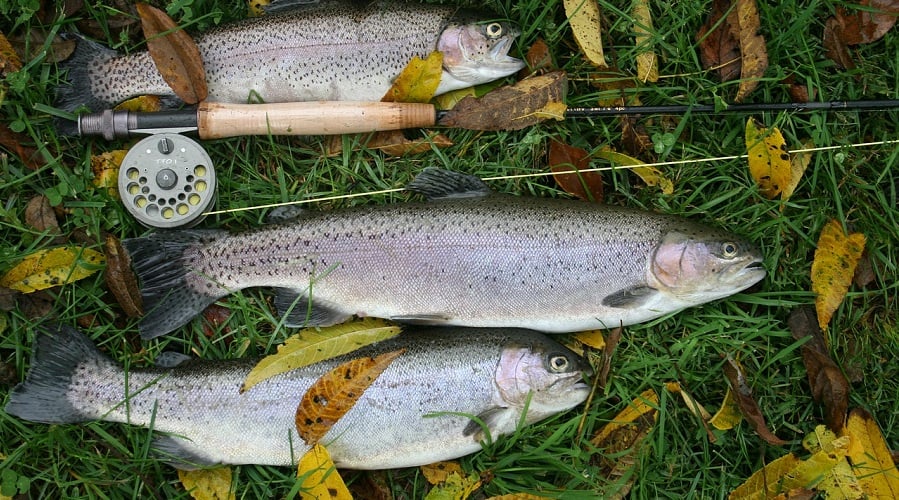
Image credits: Sogi via Pixabay
Fly-fishing reels are like hunting knives, you might lose one now and then, but no one has ever worn one out. Even the cheapest fly-fishing reel is apt to last you throughout your fishing career. It can also be readily admitted that the basic design of the fly-fishing reel hasn’t changed a lick in about a hundred years, so there’s nothing wrong with being frugal. That being said, the higher-end models made from materials like machined aluminum and stainless steel do hold up better and longer. Higher-end reels also tend to have better bearings, which is the only part of the reel anyone really ever needs to worry about anyway. Buying a well-known brand of the reel will also make it easier to obtain extra spools down the road if you want to switch out lines in a hurry.
2. The Ins and Outs of Fly Rods
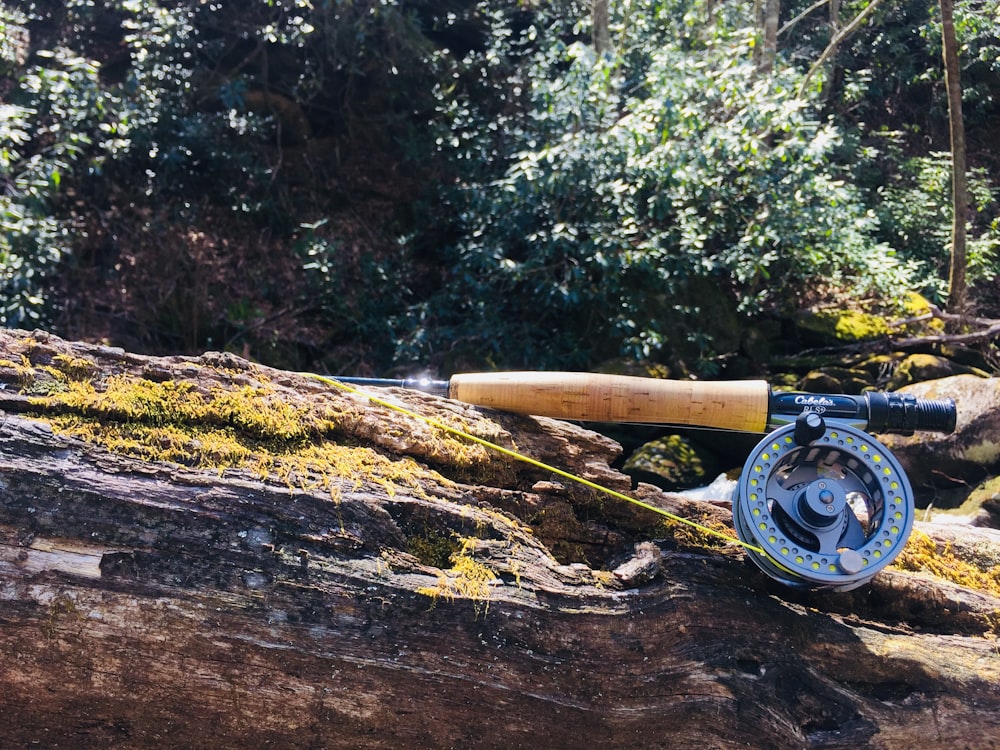
Image credits: William Smith via Unsplash
The reality is, when it comes to fly rods, the definition of best will depend on you and what you’re going after. There are three types of fly rod ranges; light-action, medium-action, and heavy-action. Where these rods vary is the amount of give in the rod tip. Medium action tends to be the most popular and is excellent for freshwater and trout fishing. On an additional note, medium action rods are generally made from carbon or graphite. Alternatively, heavy action rods are best used by experienced fly fishermen because of their sturdiness. In practice, they are best for long casts, but can leave you sore and wind from a day of casting.
Material and price will be a big factor in whether the rod is considered affordable or high-end. Yeah, this is an area where the majority of fly anglers get ripped off, and there’s no more polite way to put it. Fly anglers and big game hunters have something in common: they both fall for advertising. A $200 rifle shoots deer just as well as a $2,000 rifle, and a $25 fly rod typically works just as well as a $2,000 rod.
Affordable rods tend to be made of fiberglass and can be hard felt when it comes to nibbles. Although you can pay quite a bit more, higher-end rods are made from more durable materials like carbon or graphite, are more sensitive, and offer an all-around better experience. Within the fly-fishing community, the general rule when it comes to selecting the best fly-fishing rod is to spend no less than $150.
3. Boots, Hip Waders, and Chest Waders
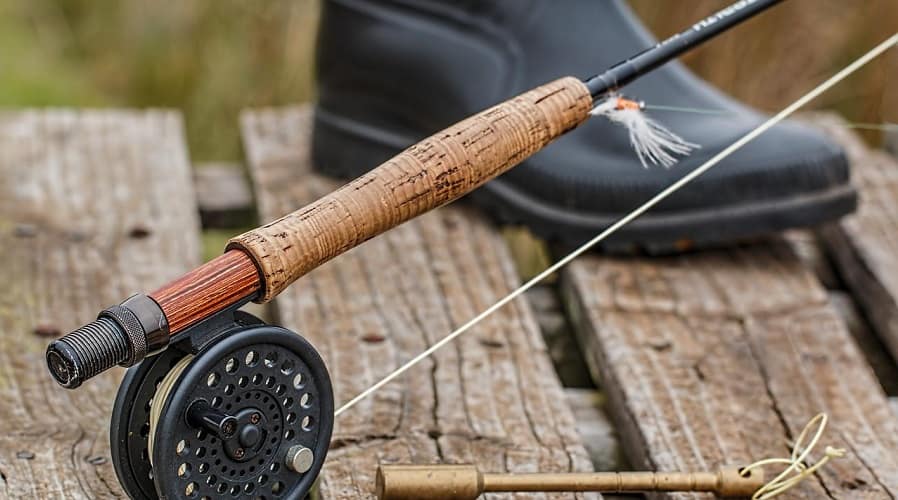
Image credits: Steve Buissinne via Pixabay
This is one piece of equipment you might not want to skimp on. Most folks never pause to consider how truly important a good set of waders really is, until they discover they don’t own a good pair of waders. First, you really need to buy actual fishing waders. Yes, hip waders are cheaper, and your dad got by just fine with his, but you probably won’t. Hip waders have a nasty habit of filling up with water and dragging you down when it is least convenient. They’re also miserably worn when they get some water in them for whatever reason.
Next, your fishing waders really should be made of neoprene or some other material that insulates you well. Rivers mostly start out as ice dripping into water, so they’re not exactly toasty to roam around in. Finally, get a couple of pairs of boots to go with the waders. Some places don’t allow felt-soled boots and some do. Some places will require better tread and some won’t. Spending a little extra money here will keep you dry and possibly keep you from drowning.
Creels, Hats, and All That Other Stuff

Image credits: Taylor Grote via Unsplash
Obviously, if you’re in the mood to spend money on fly-fishing gear, there is literally no end to the amount of gear you can drag home, the question is: do you need any of it? When purchasing fly-fishing gear, it’s best to ask yourself whether the purchase will make your next outing more enjoyable. You can maximize your purchasing power by only buying the stuff that will really enhance your fishing. Get at least one good filet knife. Own at least one comfy large brim hat and a good pair of sunglasses. Don’t skimp on the cooler.
In Closing
What makes an item the best really depends on your needs as an angler. Oh, there are some items that you absolutely cannot go without. But, it comes down to knowing when to splurge and when to hold off. The terminology of the word best is subjective, after all. And, what one fly fisherman may swear by may be a bust for the next guy. You don’t need to break the bank by buying fly-fishing gear. Keep things simple, buy what you really require, and leave the other stuff in the store for the next guy. Yeah, it’s fun to have all the latest and greatest gear, but it’s considerably better to have all the fish.

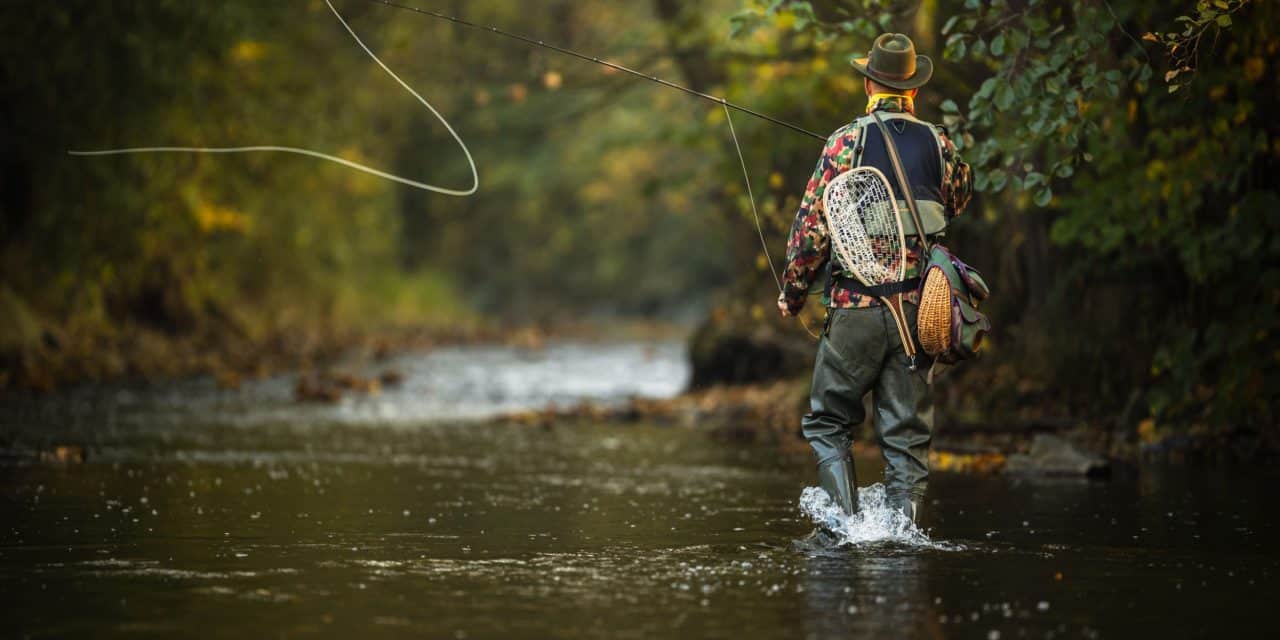
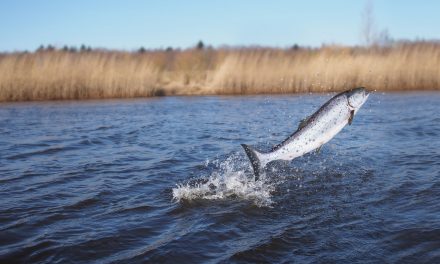
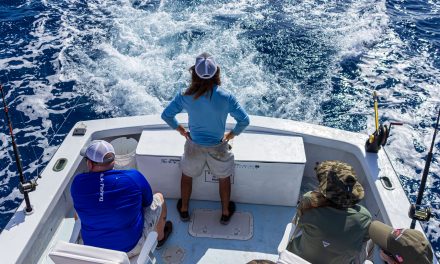
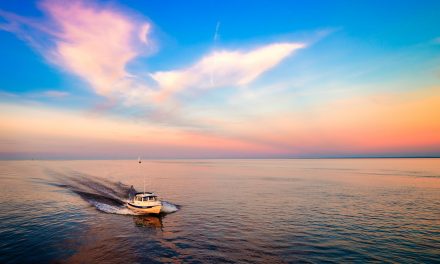

 E-Newsletter
E-Newsletter